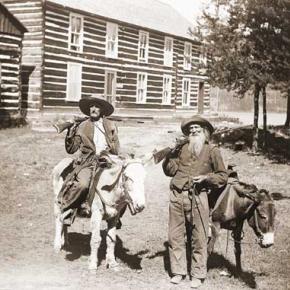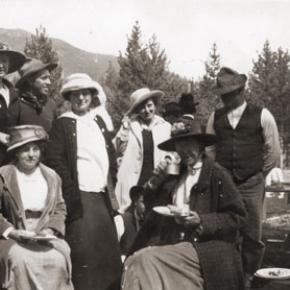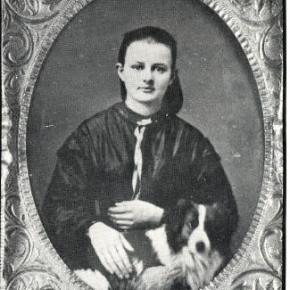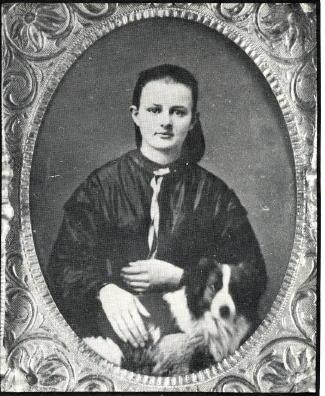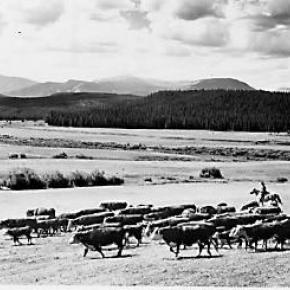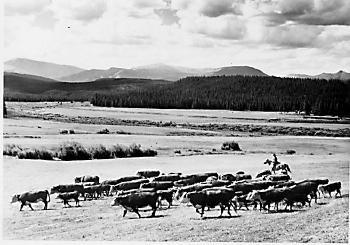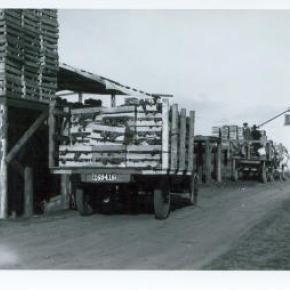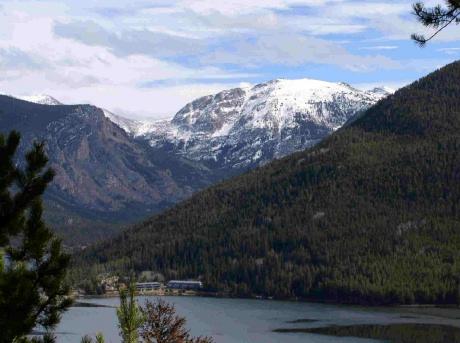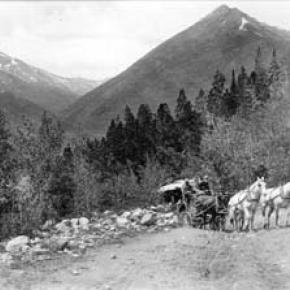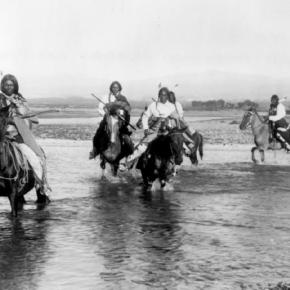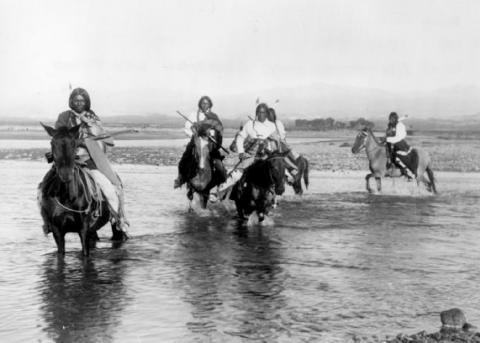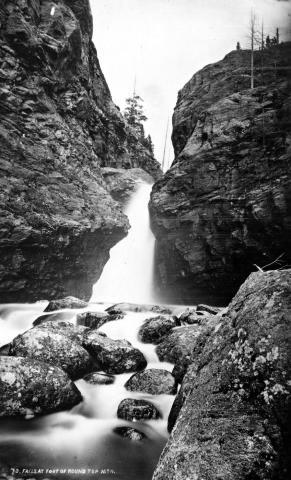Article contributed by Nichole Fuqua
Ranching in western Colorado first began in 1866 when Texas cowboys began moving cattle into western Colorado. With this rising growth of cattle into Colorado, ranching was forever changed and became a natural part of Colorado's society.
Although the idea of establishing cattle operations in the mountains did not appeal to many, the cattle and ranching industry in western Colorado began to flourish in 1882. Three causes greatly influenced this move. First, the flat grass lands from Texas to Montana were unavailable. Second, the Ute Indian tribe were being run out and soon removed from the mountains of Colorado. Third, the grasses in western Colorado were abundantly nutritious, especially in the autumn.
When cattle ranches first began, it was organized chaos. Up until the 1930's, all of the land used by cattle ranchers was open-range land. During the winter months the cows lived in the lower valleys where snow accumulation was small. Once spring began the cows were then rounded up and moved to the high mountain tops. This spring round up usually took place in the early part of June, between the first and second hay cutting. The main goal of the spring round up was to gather and sort all of the cattle into their respective herds; unfortunately many herds intermixed because of the open-range. Along with the sorting of the cows, the calves that had been born earlier that spring were branded.
During the open-range era, brands on cattle were very important. Brands were used as a marker to distinguish between herds. Today, branding is still used along with ear tags. The fall round up usually began in the early fall and was completed in stages. The first stage, involved the gathering up of cows that were going to be sold at the market. These were the first to descend from the mountains. The rest of the cattle were then taken down from the mountain and released into the lower valleys to live during the winter months. The 1930's ended the open-range era which also brought an end to fall and spring round ups.
Family life on a cattle ranch was very different from normal life in a town. The cowboy's job demanded a lot of devotion and self motivation. The men of the family were often away from the house for days sometimes weeks at a time moving and tending to the cows.
The women of a cattle ranch lead very isolated lives. During the winter months traveling was unheard of. Once the snow began to melt the water's run off caused creeks and rivers to overflow, which caused traveling in the spring to be tough. During the summer and early fall, gardening, food processing, house keeping, raising children, and the general ranch duties kept a woman busy.
The children of a cattle ranch were treated very maturely. By the age of five to the age of twelve kids were considered miniature adults. By the age of thirteen or fourteen most kids were able to perform heavy labor tasks around the farm. Ranch families exhibited very strict discipline toward the children of the house and felt very strongly in a child's education.
Cattle ranches are still found all over western Colorado. The attitude has changed throughout the years since the first cattle ranch began but some of the same traditions still exist.
Sources: Reyher, Ken. High Country Cowboys. Montrose: Western Reflections Publishing Company, 2002.
Peters, Aaron. Cattle Drives & Trail Drivers. 2003. 8 Mar. 2008 http://www.co.wilbarger.tx.us/cattle.htm.










